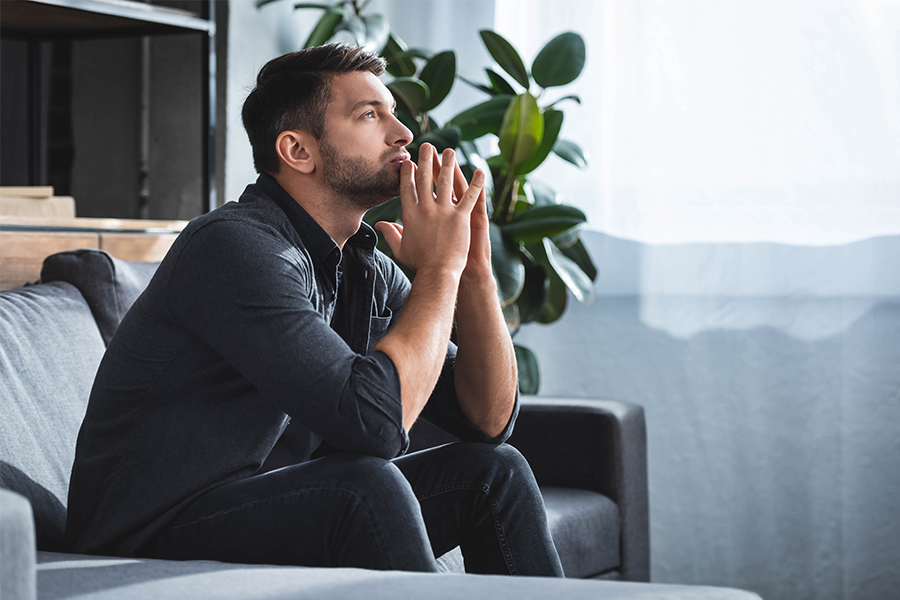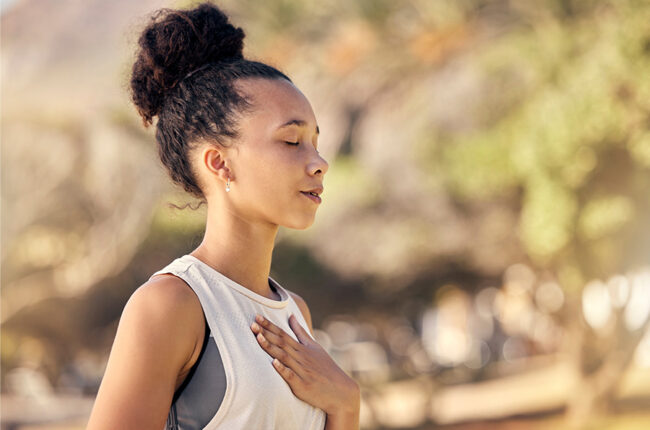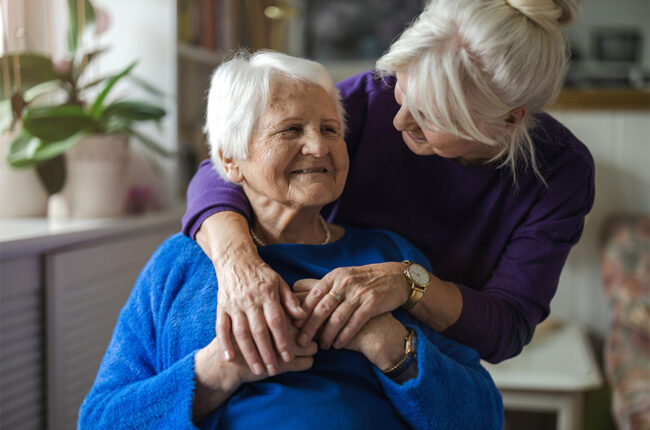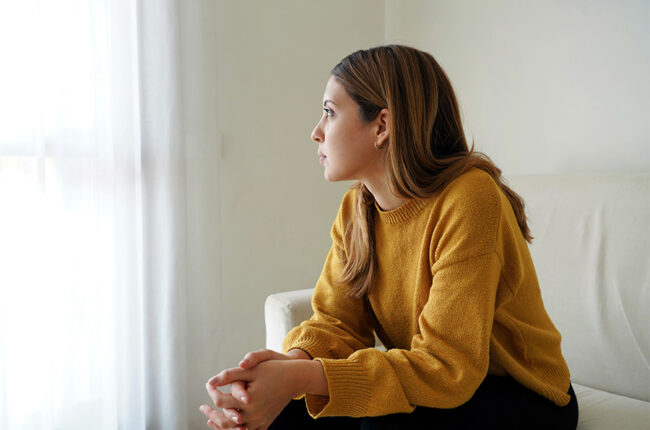From Sharp Health News, a publication of Sharp HealthCare
Anxiety affects people in different ways, from a slightly elevated heart rate to full-blown panic. Here are four popular exercises that can help ease anxiety symptoms:
- Consider the best- and worst-case scenarios.
Think through the best- and worst-case scenario for the thought or experience that triggers feelings of anxiety and imagine how you would manage each instance. Think about how equally plausible each situation would be and consider the most-likely scenario. - Counter catastrophic thinking.
Use self-coaching statements to challenge thoughts regarding danger and decreased sense of control. For instance, if driving causes you anxiety, note a potential danger, such as parallel parking, and talk yourself through how you can control it, such as parking in a nearby lot. - Counter catastrophic thinking.
Use self-coaching statements to challenge thoughts regarding danger and decreased sense of control. For instance, if driving causes you anxiety, note a potential danger, such as parallel parking, and talk yourself through how you can control it, such as parking in a nearby lot. - Distract your mind.
Distraction is a powerful means of reducing anxiety and panic. If someone suffering from anxiety can “get out of their heads” for a second by changing their focus on some outside stimulus, anxiety can reduce. Try counting, deep-breathing exercises or moving your eye focus.
The VEBA Resource Center offers Yoga Flow Classes. This class introduces Vinyasa Flow to members, a contemporary yoga style that incorporates movements that are synchronized with breath for better mental and physical health. Check out our calendar to sign up for an upcoming class.









